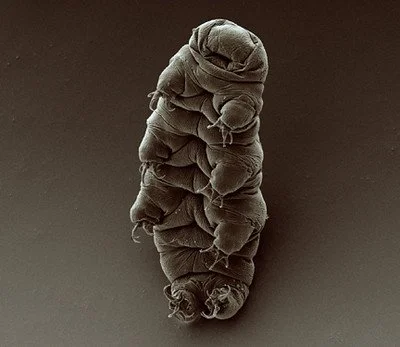Podcast 284 - How Complete Is Your Shark
/The gang discusses two papers that look at the shark fossil record. The first paper looks into the completeness of the record, and the second paper discusses the ecological implications of an exceptionally preserved specimen. Meanwhile, James has ideas of what is normal, Curt has a hard out, and Amanda shows her specific history interests.
Up-Goer Five (Curt Edition):
The friends talk about two papers that look at animals with lots of soft parts that move through the water and have lots and lots of teeth. The first paper is looking at how well we know these animals in the past, since most of the time we may only know them by their teeth. They do a lot of things to see how much of the animals we have at any time. What they find is that, most of the time, we do not have many parts of these animals. However, there are some times in the past when we do see more parts that are not just teeth, so there might be times in the past that were better and making sure the soft parts were able to stick around and be found later. But most of the time, we really only have teeth or a few other parts, and that this makes these animals different from most other animals that are close to them and that makes sense because the rest of these animals have hard parts where these animals have soft parts.
The second paper looks at one of these animals with soft parts where those soft parts were found today. This is the first time this type of animal has been found with its soft parts. Most of the time, we just find the teeth, which look like they were good at breaking hard things. With the soft parts, we can get an idea of how it would move through the water and if it was slow or fast. We can also find out what its brothers and sisters were. What they find is that the soft parts show that this animal looked like a lot of the animals in this group we see today that are not breaking hard things but are catching fast moving food in the water. This is not something we would think would happen, because today animals that have teeth like the ones this animal had don't need to move very fast to catch their food. This shows that this animal was doing something that we don't see today. This might be because there were lots of animals with hard parts on the outside that were moving in the water really fast at that time, which this one animal would have tried to catch for food.
References:
Schnetz, Lisa, et al. "The skeletal completeness of the Palaeozoic chondrichthyan fossil record." Royal Society Open Science 11.1 (2024): 231451.
Vullo, Romain, et al. "Exceptionally preserved shark fossils from Mexico elucidate the long-standing enigma of the Cretaceous elasmobranch Ptychodus." Proceedings of the Royal Society B 291.2021 (2024): 20240262.

















